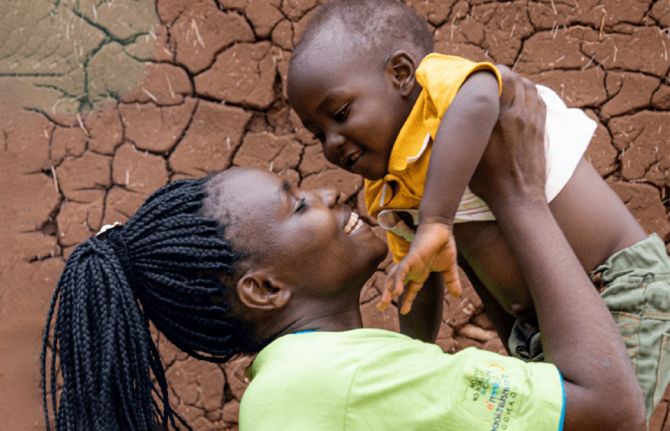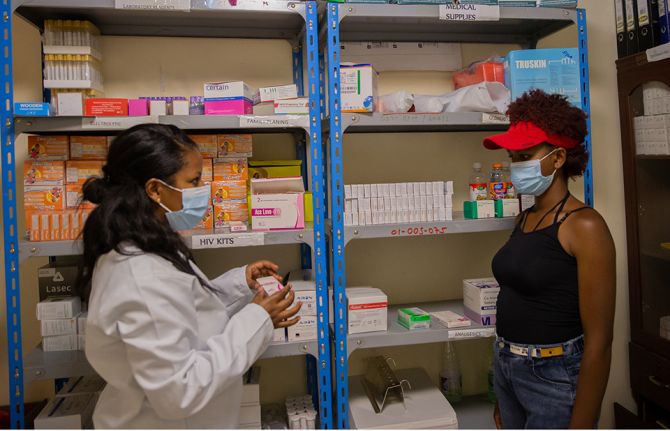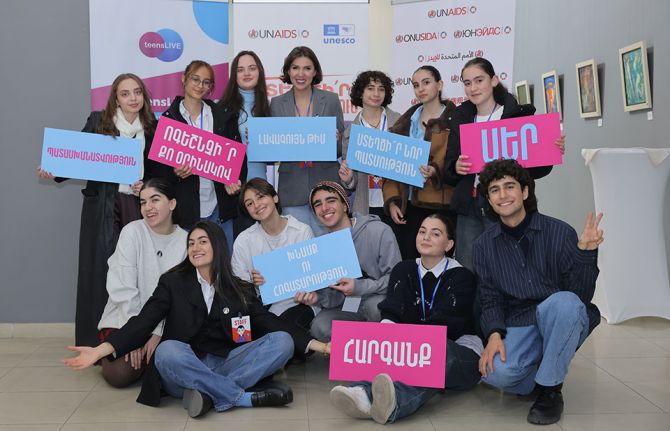

Feature Story
It is time to end AIDS in children once and for all: Global Alliance launched
30 July 2022
30 July 2022 30 July 2022MONTREAL, 30 July 2022—More than two decades ago at the 13th International AIDS Conference (IAS) in Durban, Nkosi Johnson from South Africa stood up as the first child to speak publicly about HIV.
”Hello, my name is Nkosi Johnson, I am 11 years old and I have full-blown AIDS,” he said in front of a packed auditorium.
“I get very sad when I think of all the other children and babies that are sick with AIDS. I just wish that the government could start giving HIV treatment to pregnant HIV+ mothers to help stop the virus being passed on to their babies.”
Since Nkosi’s call for help in 2000, remarkable progress has been made. In a decade, coverage of HIV treatment to prevent vertical transmission for pregnant women living with HIV has increased to 85% from 45% and there has been a 53% reduction in new child HIV infections.
Last year, Botswana became the first high-burden country to be certified by the World Health Organization (WHO) for achieving an important milestone on the path to eliminating vertical transmission of HIV from mother to child.
But it’s still not enough.
Global targets towards reaching an AIDS-free generation have been missed year after year. In 2020, there were 1.7 million children living with HIV globally, almost half (46%) of whom were not receiving life-saving HIV treatment. In the same year there were 150 000 new HIV infections among children.
On the sidelines of this year’s IAS conference in Montreal, UNAIDS, networks of people living with HIV, UNICEF and WHO, together with technical partners, PEPFAR and The Global Fund are launching a new Global Alliance to End AIDS in children by 2030. The Alliance will be co-created with the broad participation of stakeholders, national governments, implementing agencies, regional and country-based organizations, faith-based and community partners including women, children and youth living with HIV. The aim is to measure and coordinate progress towards the bold targets of the Sustainable Development Goals (SDGs) and mobilize leadership, funding and action to end AIDS in children by 2030 by tracking work globally, regionally, nationally and at community levels.
“It is unacceptable that children are lagging far behind adults in accessing HIV treatment and that progress on eliminating vertical transmission has stalled in recent years,” said Winnie Byanyima, Executive Director of UNAIDS.
“The committee of co-sponsoring organizations of UNAIDS has approved the Global Alliance to End AIDS in children by 2030, co-led by UNAIDS, WHO and UNICEF as a Global Strategic Initiative. We are united in our commitment to reach this goal,” she added.
Most of these new infections could have been prevented if adolescent girls and women had universal access to HIV testing, prevention and treatment services and the support they need to stay in prevention care or on HIV treatment throughout pregnancy and breastfeeding. In addition, stigma, discrimination, punitive laws and policies, violence and entrenched societal and gender inequalities hinder access to care for women, adolescents and children.
Renewed political commitment and leadership is needed to eliminate vertical transmission and end AIDS in children once and for all. The launch of a new Global AIDS Strategy in 2021 and the Political Declaration on HIV and AIDS provide an opportunity to redirect global attention and redouble efforts to end AIDS in children



